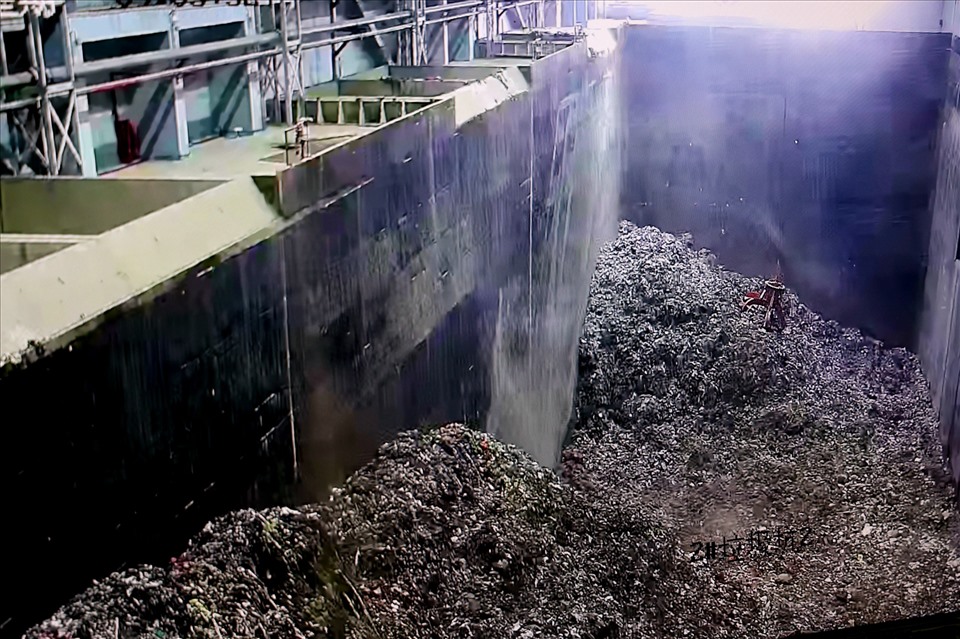According to Ms. Nguyen Thi Hong Van, market development manager in Southeast Asia of Thien Y Energy Environment Joint Stock Company (Thien Y Company), at 8:05 am on July 25, the Soc Son waste-to-energy power plant connected to the national power grid.
It is expected that about 20 MW generated from the incineration process will serve the plant’s operation and about 50 MW will connect to the national power grid. The plant operation is divided into 3 phases with a total of 5 incinerators and 3 units.
There is 1 incinerator and 1 operating unit in phase 1, about 1,000 tons of fresh waste will be received by the plant every day. Phase 2 with 2 incinerators and phase 3 with 2 more incinerators will operate in 2022.
The total capacity of the plant is 5,000 tons of waste per day, which means that the plant handles 60-70% of the amount of waste being buried in Hanoi today. This is considered to be the largest waste-to-energy power plant in Vietnam with a capacity of 4,000 tons of dry waste, equivalent to nearly 5,000 tons of fresh waste per day.
The waste source is taken directly from unclassified domestic waste of 9 urban districts and 5 districts (Thanh Tri, Gia Lam, Tu Liem, Dong Anh, Soc Son). Although the plant is not officially put into operation, from the end of 2021 until now, it has received more than 30,000 tons of waste for Hanoi. Notably, from the beginning of June 2022 up to now, when the capital is full of waste for many days, tens of thousands of tons of waste have been transferred to the plant to reduce the load for Hanoi.
Some pictures of the moment when the waste-to-energy power plant officially connected to the national power grid:


Central control room of Soc Son Waste-to-energy power plant, Hanoi


The plant's operation process is operated automatically, and Chinese experts have directly trained Vietnamese engineers and workers.

Panorama of the automatic control panel of the central control room.

This is considered to be the largest waste-to-energy power plant in Vietnam with a capacity of 4,000 tons of dry waste, equivalent to nearly 5,000 tons of fresh waste per day.